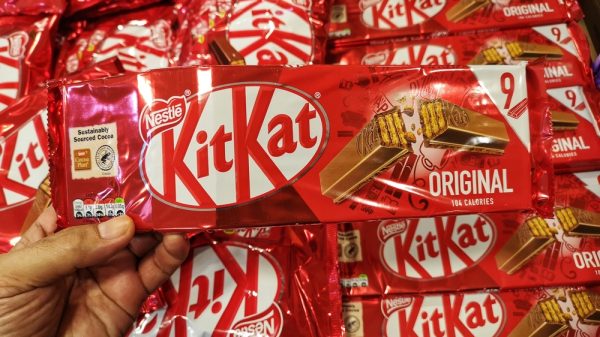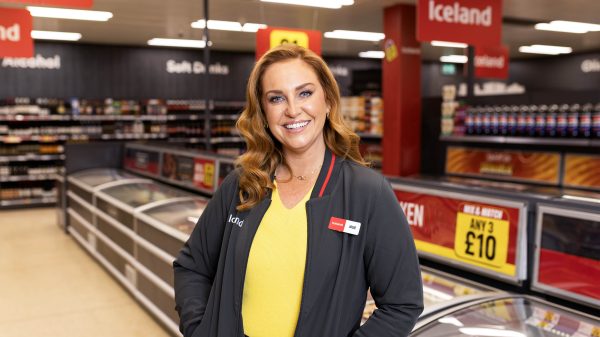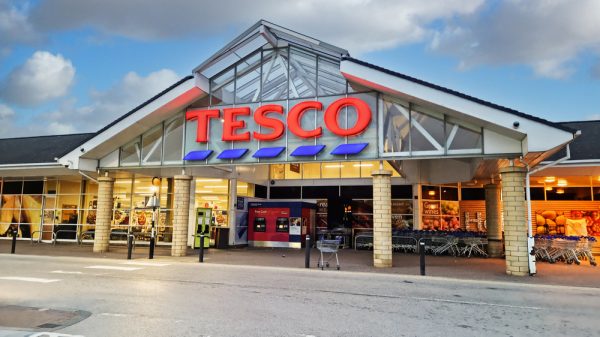Following the government’s publication of guidelines for foods high in fat, salt and sugar (HFSS) last month, confusion remains around the legislation, and there’s still a lot of work for stores and brands to do.
This uncertainty was exacerbated at the weekend with the U-turn announced by health minister Maggie Throup on the promotional mechanic aspects of HFSS (restrictions on advertising and volume promotions).
We’ve already seen an increase in bigger pack sizes appearing in stores, such as 36-pack boxes of crisps, so the multi-buy promotions element of the regulations was always going to be the easier part of the legislation to work around.
But as things stand, location rules are still to be applied in October 2022.
According to a Shopper Intelligence report presented at POPAI’s Spring Shopper Seminar last month, 81% of purchases are influenced by secondary displays. As such, reducing the number – and crucially, the quality – of off-fixture sites accessible to non-compliant products should still help the government with its primary aim of improving consumers’ diets and reducing obesity in the British population.
READ MORE: Tesco bans BOGOF: supermarket to cut HFSS junk food promotions
There’s been a lot of activity by both retailers and manufacturers to support the spirit of the legislation while maintaining the ability to trade these categories.
The ‘Big 4’ plus Co-op have all launched tests of in-fixture promotional bays to circumnavigate these new restrictions. Asda has been the boldest so far, using an attention-grabbing LED ‘goalpost’ display in the crisps and snacks aisle.
We’re also seeing more reformulated products hitting the shelves, such as Mr Kipling’s Deliciously Good range – it’s noticeable how many trade ads now proudly display ‘HFSS-compliant’ as a key selling point.
To meet the spirit of the new legislation but protect sales, retailers and their suppliers need to focus on how shoppers’ shop and think about how they can engage them in the aisle. They need to make the most of the ‘low quality’ compliant off-fixture space while brands continue to develop HFSS-compliant foods – and do this all without sacrificing productivity in store.
While it may not be a way off, the legislation is still coming, and – even if it is further delayed – the changes that can be made now would still be relatively low-cost. They could even drive sales if done well.”
Sean Field is CHEP’s store solutions category manager for Northern Europe.
Click here to sign up to Grocery Gazette’s free daily email newsletter










